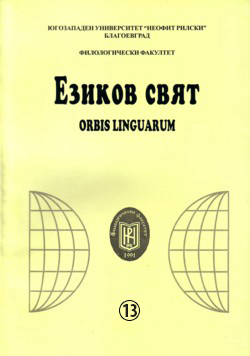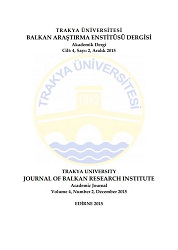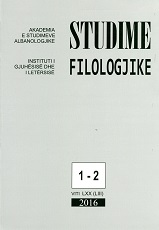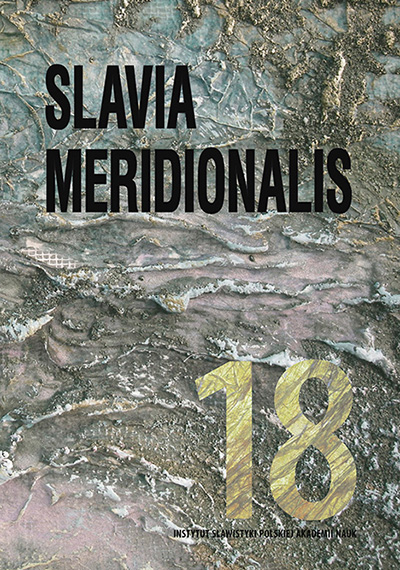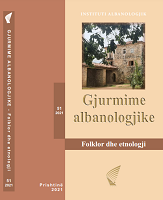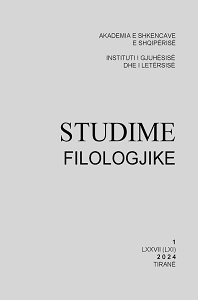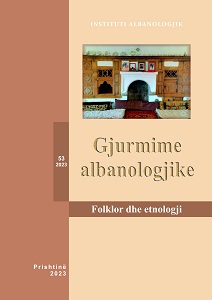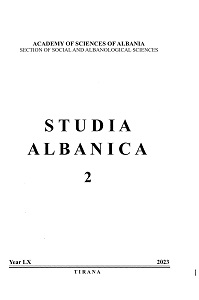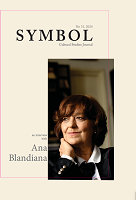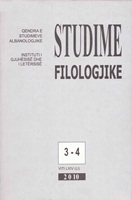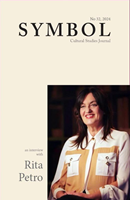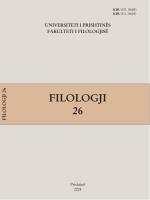Author(s): Anila Mullahi / Language(s): Albanian
Issue: 35/2017
In the period before the 1990s, in the context of a strong tradition of socialist realism literature, the positive heroes were placed in the center of the literary world; those that were created according to a standard model. They were developed in a linear way and often were incompatible with the internal logic. The tendency to create "social characters" caused the extinction of the particular and loss of curiosity. The characters of these works appear without any dilemmas, without great twists, without spiritual breaks, without vacillation for the life, the world or the human existence. Near the positive character are the others, who worship them or they want to resemble to the heroes; while on the other side, opposite them are the antagonists, the enemies.In Agolli's works, besides these two groups, are those characters that are seen as "weird", “irregulars” or "incorrect". They are not negative characters because they are not "enemies" but they are not even positive characters because do not resemble the standard example at all. This kind is considered as "the other", and actually this is what it is deep inside the unconscious of the author.“The other” is an individual who is perceived by the group as someone who does not belong, as different in an essential way. The group sees themselves as the norm and judges those who do not meet the norm elements. “The other” can have many forms, in the case of Agolli appears as one who is not indoctrinated. He is not interested about politics, but either he is interested in objecting it. His non-inclusion and non-ideology make him different. They reveal an essential feature that differs from others; speak openly and directly and do not have the veil of deceit in front of their eyes and they see the reality as it is, without idealizing it.In some cases at Agolli’s characters, "the other" is ultimately subjected to the group's norm, but also their existence as being different, makes Agolli's works distinct from the others. One form of "the other" can be considered Commander Rrapo in the novel "Commissar Memo" or Mato Gruda in "The Man with the Cannon".There are other cases where Agolli's "the other" it may be someone who shows great passion for life. A way to enjoy life with all the pleasures that it brings, through humor, eating, drinking, dancing, women, as it is Cute Babulja in the novel "The Ark of the Devil". Such a man with great love for life and the pleasures that life brings is not in line with the positive hero “whose character is shaped among the great difficulties". Agolli's literature work is filled with atypical characters, with special features, with individuals in conflict with the society norms, which consists in alienation from the principles of the official frame method.
More...
